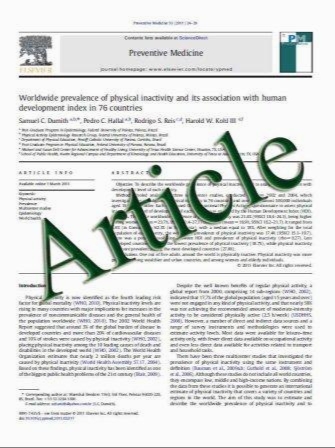Vascularity and histology of fetal labrum and chondrolabral junction: its relevance to chondrolabral detachment tears
- نوع فایل : کتاب
- زبان : انگلیسی
- مؤلف : Mehmet TuNrker . ON nder K.l.cCog.lu . Bora GoNksan . Bilge Bilgic
- چاپ و سال / کشور: 2011
Description
Purpose Recently, acetabular labral tears were recognized as a source of hip pain. Most of these tears were found to be localized at the chondrolabral junction. The purpose of this study was to evaluate the chondrolabral junction in reference to its collagen fiber orientation and its vascularity, which might be used to explain the preponderance of labral tears. Methods Eighteen formalinized fetuses with a mean gestational age of 17 weeks (range: 11–24 weeks) were examined. The acetabuli were removed en bloc with the proximal femur for ease of orientation. The acetabuli were prepared and examined in four quadrants, namely, anterior, superior, posterior, and inferior. Results The staining pattern of the posteroinferior labrum was more dense than the anterosuperior labrum, due to its high collagen content. Collagen fibers in the posteroinferior quadrants were oriented perpendicularly to the chondrolabral junction, while those in the anterosuperior quadrants had a parallel oriented. Perpendicular collagen orientation and high collagen content may explain the stronger anchorage of the labrum to the bony acetabulum in posteroinferior quadrants. All of the vessels supplying the labrum originate from the capsular connective tissue and traverse the body of the labrum to reach the articular side. None of these vessels traverse the chondrolabral junction to reach the bony acetabulum. The total number of blood vessels was significantly higher in the capsular zone than in the articular zones. The number of blood vessels did not differ between the acetabular quadrants. Conclusions In an effort to understand the chondrolabral junction tears, we can conclude that collagen content and fiber orientation may represent the histological basis for the predominance of tears at the anterosuperior region.
Knee Surg Sports Traumatol Arthrosc DOI 10.1007/s00167-011-1566-1 Received: 22 January 2011 / Accepted: 23 May 2011


